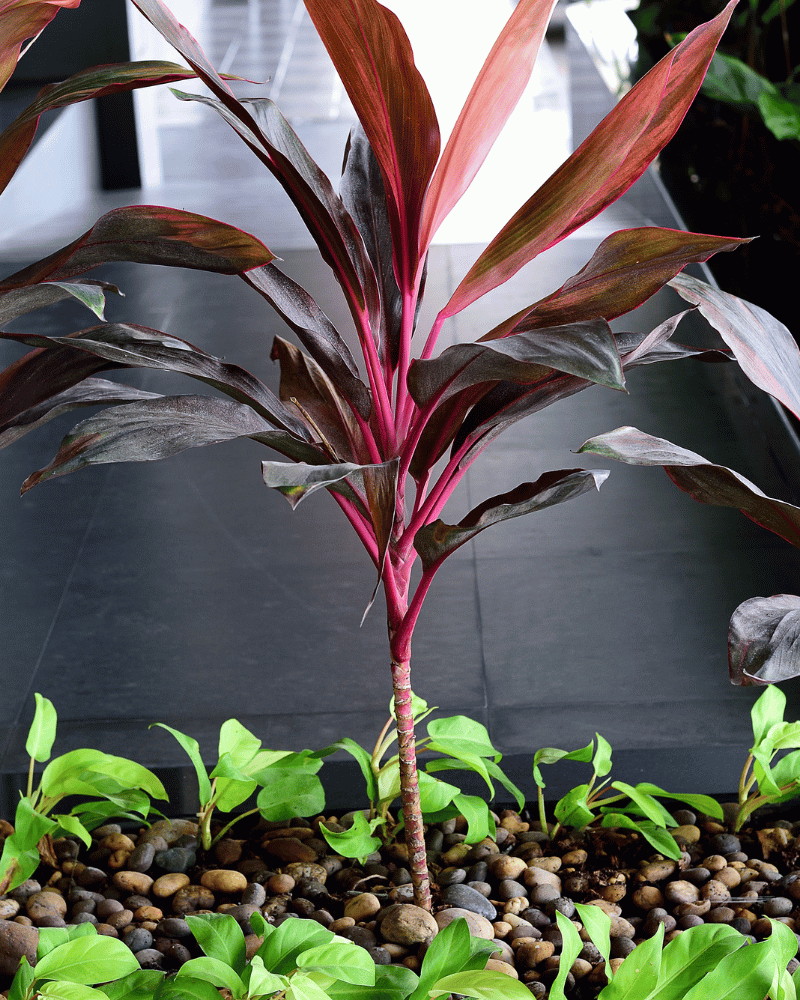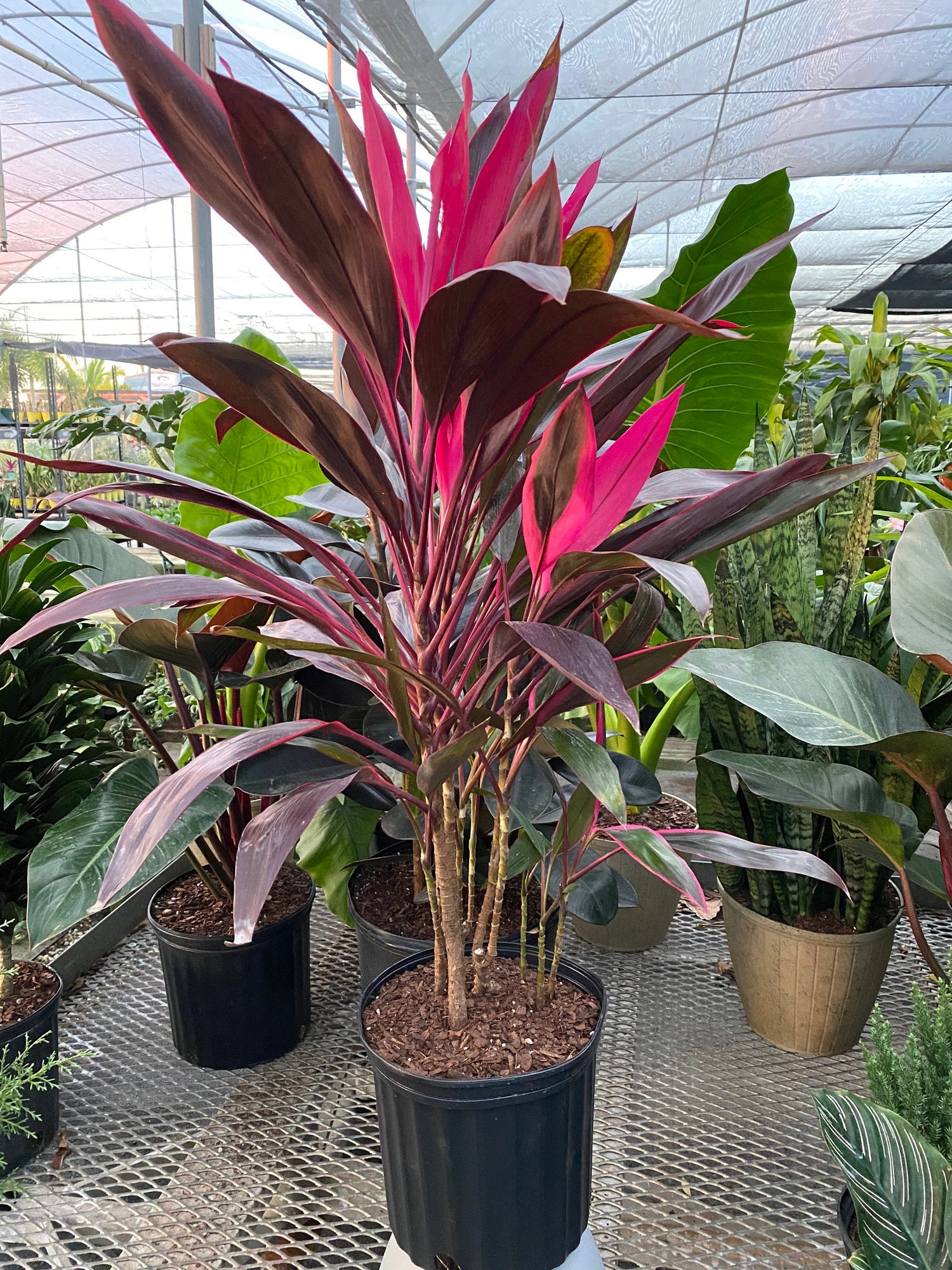
Cordyline Plant
Cordyline Plant: A Complete Guide
Introduction to Cordyline Plant
Cordyline plants, also known as Ti plants or Dracaena, are popular foliage plants that are widely grown for their vibrant, colorful leaves. These plants belong to the Asparagaceae family and are native to tropical regions such as Hawaii, Southeast Asia, and Australia. Cordyline plants are prized for their ornamental value and are commonly used as houseplants or in landscaping to add a touch of exotic beauty to the surroundings.
Types of Cordyline Plants
There are several different varieties of Cordyline plants, each with its own unique characteristics and growing requirements. Some of the most popular types include Cordyline fruticosa, Cordyline australis, and Cordyline terminalis. Cordyline fruticosa, also known as the Hawaiian ti plant, is perhaps the most well-known variety, with its striking, colorful foliage and easy care requirements.
Growing Conditions for Cordyline Plants
Cordyline plants thrive in warm, humid conditions and prefer bright, indirect light. They can tolerate some shade but will not do well in full sun. These plants require well-draining soil and should be watered regularly to keep the soil consistently moist but not waterlogged. Cordyline plants are sensitive to cold temperatures and should be protected from frost.
Propagation of Cordyline Plants

Cordyline plants can be propagated from stem cuttings or seeds. To propagate from stem cuttings, simply cut a healthy stem from the parent plant and place it in a pot with well-draining soil. Keep the soil moist and the cutting should root within a few weeks. To propagate from seeds, collect the seeds from the plant and sow them in a pot with moist soil. Keep the soil consistently moist and the seeds should germinate within a few weeks.
Care and Maintenance of Cordyline Plants
Cordyline plants are relatively low-maintenance and easy to care for. They should be watered regularly, especially during the growing season, to keep the soil consistently moist. Fertilize the plants with a balanced fertilizer every few weeks during the growing season to promote healthy growth. Prune the plants as needed to remove dead or damaged leaves and to maintain their shape and size.
Common Problems with Cordyline Plants
Cordyline plants are generally resistant to pests and diseases, but they can sometimes be affected by mealybugs, spider mites, or scale insects. To prevent infestations, inspect the plants regularly and treat any pests promptly with insecticidal soap or neem oil. Overwatering can also be a common issue with Cordyline plants, so make sure to allow the soil to dry out slightly between waterings to prevent root rot.
Benefits of Growing Cordyline Plants

There are several benefits to growing Cordyline plants in your home or garden. These plants can purify the air by removing toxins and pollutants, making them ideal for indoor spaces. Cordyline plants can also add a pop of color and tropical flair to your surroundings, brightening up any room or outdoor space. Additionally, these plants are relatively easy to care for, making them a great choice for beginner gardeners.
FAQs
1. Are Cordyline plants toxic to pets?
Cordyline plants are considered to be mildly toxic to pets, so it is best to keep them out of reach of cats and dogs. Ingesting the leaves or stems of Cordyline plants can cause mild gastrointestinal issues in pets, so it is important to monitor them closely if you have these plants in your home.
2. Can Cordyline plants survive in low light conditions?
While Cordyline plants prefer bright, indirect light, they can tolerate some shade and lower light conditions. However, they may not grow as vigorously or produce as vibrant foliage in low light. It is best to place Cordyline plants in a spot with bright, indirect light to promote healthy growth.
Conclusion
In conclusion, Cordyline plants are versatile and beautiful plants that can add a touch of tropical elegance to any indoor or outdoor space. With their vibrant foliage, easy care requirements, and air-purifying qualities, Cordyline plants are a great choice for both experienced and novice gardeners. By following the tips and guidelines outlined in this guide, you can successfully grow and care for Cordyline plants and enjoy their beauty for years to come.